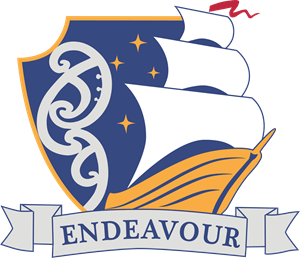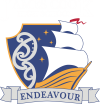James Cook High school wishes to offer students a curriculum that is student-centred, culturally responsive and future-focused. We have developed our curriculum to offer all students a broader education; one that makes links within and across learning areas; that provides for coherent transitions and opens pathways to further learning. Our new curriculum addresses the recognized need for inclusion. We offer a non-discriminatory curriculum that recognises students’ identities, languages, abilities, talents, and learning needs.
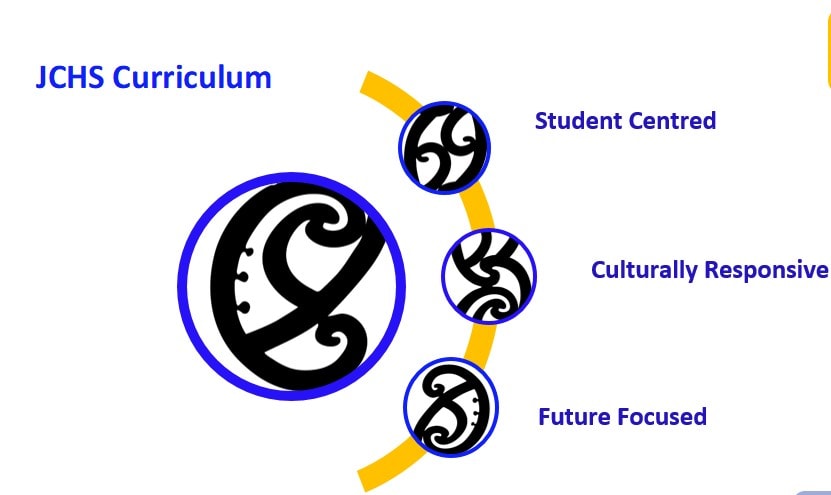
A student centred curriculum inclusively allows for individual student needs and interests. It encourages decision making. It supports students emotional and physical well-being as well as aiding the motivation to learn.
James Cook High School embraces The Treaty of Waitangi principle that puts students at the centre of teaching and learning, asserting that they should experience a curriculum that engages and challenges them, is forward-looking and inclusive, and affirms New Zealand’s unique identity. The curriculum is inclusive and contributes to the growth of student personal cultural, community and national identity.
The curriculum prioritises effective pedagogy for Maori and Pasifika students https://nzcurriculum.tki.org.nz/Principles/Treaty-of-Waitangi
Our curriculum is future-focused ensuring that students attempt to learn new skills and competencies, become technologically capable and able to confidently attempt to solve complex problems. This new curriculum provides a workforce pathway and empowers students to explore such significant future-focused issues as sustainability, citizenship, enterprise, and globalisation.
Design by Alice Mahuika
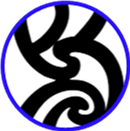
The rauru represents Papatuanuku, the Earth Mother and Ranginui, the Sky Father: the male and female elements. It speaks to us as all being contributing individuals and an inclusive community. The rauru is also the umbilical attachement to the mother. It speaks of balance and equality.
The currciulum is culturally responsive
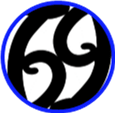
The koru represents the students and their growth during their time at JCHS. This is a time of nurturing, minds being shaped and leadership being devloped.
The curciulum is student centred
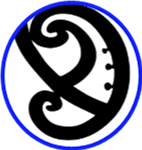
The mangopare represents a hammerhead shark and speaks to the strength and fighting spirit students need towards their education and the resilience needed to cope with future change.
The currculum is future focused
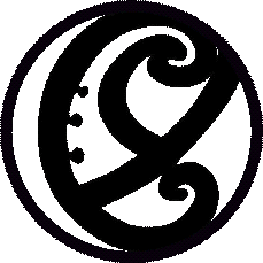
The kape is a seed pod and represents the storage of things important to us, including knowledge. The then is the metaphor for the curriculum.
The curriculum at JCHS
The National Certificate of Educational Achievement (NCEA) is the main national qualification for secondary school students in New Zealand.
NCEA is recognised by employers, and used for selection by universities and polytechnics, both in New Zealand and overseas. https://www.nzqa.govt.nz/ncea/understanding-ncea/how-ncea-works/video/Each year, students study a number of courses or subjects. In each subject, skills and knowledge are assessed against a number of standards. For example, a Mathematics standard could be: Apply numeric reasoning in solving problems. All New Zealand schools use a range of internal and external assessments to measure how well students meet these standards.When a student achieves a standard, they gain a range of credits. Students must achieve a certain number of credits to gain an NCEA certificate. There are three levels of NCEA certificate, depending on the difficulty of the standards achieved. In general, students work through levels 1 to 3 in years 11 to 13 at school. Students are recognised for high achievement at each level by gaining NCEA with Merit or NCEA with Excellence. High achievement in a course is also recognised.Each year we will set individual NCEA achievement targets for the students studying at NCEA level. These targets will then be used as a basis for learning conversations with students and families, through our academic mentoring and home school partnership meeting processesA range of publications and resources are produced by NZQA, including brochures to support student, whānau, and community understanding of NCEA. For more information you can download a guide at: https://www.nzqa.govt.nz/about-us/publications/nzqa-brochures/
If you would like an NCEA app please visit the iTUnes or Google Play store.
